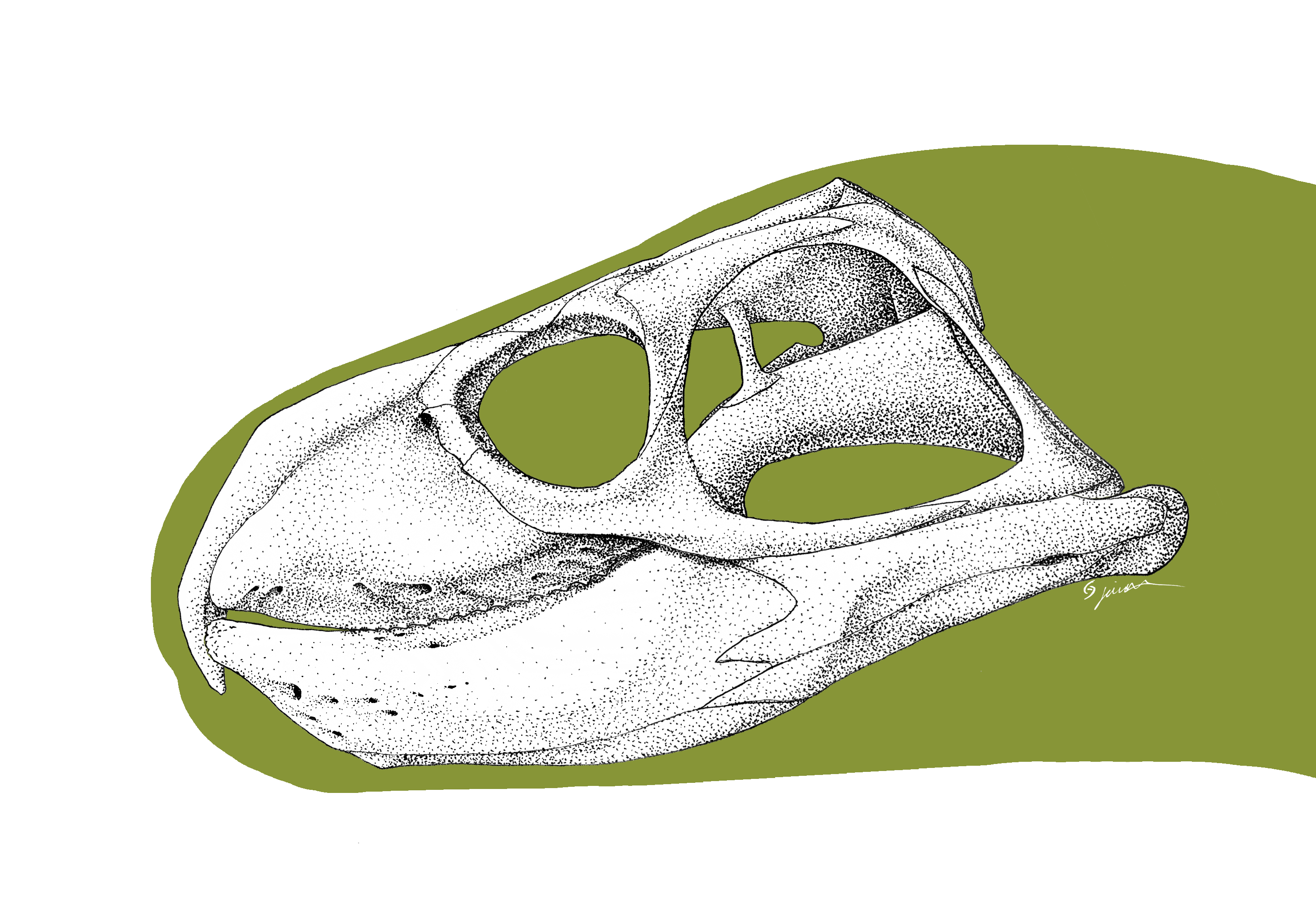|
Rhynchosaurus Articeps
''Rhynchosaurus'' (''beaked lizard'') is a genus of rhynchosaur that lived during the Middle Triassic period. It lived in Europe. It was related to the archosaurs, but not within that group. The type species of ''Rhynchosaurus'' is ''R. articeps''. Michael Benton named two additional species, ''R. spenceri'' and ''R. brodiei'', but they were subsequently renamed ''Fodonyx'' and ''Langeronyx'' respectively.Martín D. Ezcurra, Felipe Montefeltro and Richard J. Butler (2016). "The Early Evolution of Rhynchosaurs". Frontiers in Ecology and Evolution 3: Article 142. doi:10.3389/fevo.2015.00142. Fossils of ''Rhynchosaurus'' have been found in the Tarporley Siltstone Formation (Mercia Mudstone Group) and possibly the Sherwood Sandstone Group of the United Kingdom.''Rhynchosaurus'' at |
Middle Triassic
In the geologic timescale, the Middle Triassic is the second of three epochs of the Triassic period or the middle of three series in which the Triassic system is divided in chronostratigraphy. The Middle Triassic spans the time between Ma and Ma (million years ago). It is preceded by the Early Triassic Epoch and followed by the Late Triassic Epoch. The Middle Triassic is divided into the Anisian and Ladinian ages or stages. Formerly the middle series in the Triassic was also known as Muschelkalk. This name is now only used for a specific unit of rock strata with approximately Middle Triassic age, found in western Europe. Middle Triassic fauna Following the Permian–Triassic extinction event, the most devastating of all mass-extinctions, life recovered slowly. In the Middle Triassic, many groups of organisms reached higher diversity again, such as the marine reptiles (e.g. ichthyosaurs, sauropterygians, thallatosaurs), ray-finned fish and many invertebrate groups like ... [...More Info...] [...Related Items...] OR: [Wikipedia] [Google] [Baidu] |
Langeronyx
''Langeronyx'' is an extinct genus of basal rhynchosaurid known from the early Middle Triassic (Anisian stage) Bromsgrove Sandstone Formation of Warwickshire, UK. It contains a single species, ''Langeronyx brodiei'', originally included in the genus ''Rhynchosaurus''. ''R. brodiei'' was first described and named by Michael Benton in 1990, but its redescription by Martín D. Ezcurra, Felipe Montefeltro and Richard J. Butler in 2016 recovered it as more closely related to the more advance hyperodapedontine than to the type species of ''Rhynchosaurus'' and thus it was moved to its own genus. The generic name ''Langeronyx'' honors the Brazilian paleontologist Max Cardoso Langer in recognition of his rhynchosaur research, combined with the Greek ''onyx'' (''óνυξ'') meaning "claw", a common suffix for rhynchosaur genera. ''L. brodiei'' is known solely from the holotype, a partial skull divided into the two specimenWARMS G6097/1and NHMUK PV R8495, housed in the Warwickshire Mu ... [...More Info...] [...Related Items...] OR: [Wikipedia] [Google] [Baidu] |
Fossil Taxa Described In 1842
A fossil (from Classical Latin , ) is any preserved remains, impression, or trace of any once-living thing from a past geological age. Examples include bones, shells, exoskeletons, stone imprints of animals or microbes, objects preserved in amber, hair, petrified wood and DNA remnants. The totality of fossils is known as the ''fossil record''. Paleontology is the study of fossils: their age, method of formation, and evolutionary significance. Specimens are usually considered to be fossils if they are over 10,000 years old. The oldest fossils are around 3.48 billion years old to 4.1 billion years old. Early edition, published online before print. The observation in the 19th century that certain fossils were associated with certain rock strata led to the recognition of a geological timescale and the relative ages of different fossils. The development of radiometric dating techniques in the early 20th century allowed scientists to quantitatively measure the absolut ... [...More Info...] [...Related Items...] OR: [Wikipedia] [Google] [Baidu] |

